HCMC turns to PPP for additional funding sources
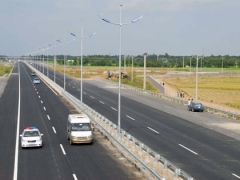
It is a part of HCMC government’s master plan to call for private sector’s participation in many sectors including transport, flooding prevention, urban development, health, education-training, and science-technology under the PPP model.
According to the HCMC People’s Committee, infrastructure projects will need a total of VND815 trillion ($39 billion) investment from now to 2020.
However, the city could only be self-sufficient at about 1/13 of the total necessary investment capitals, some VND64 trillion (or around VND8 trillion per year).
The rest have to be funded by extra-budgetary sources, said the city’s government.
Vietnam will need $15 billion a year for infrastructure development from now till 2020, according to the Vietnam Chamber of Commerce and Industry.
With limited state budget, finding out a foreign investor in the form of PPP is considered a good choice, according to the second Vietnam – Japan public – private policy dialogue held by the Vietnamese Ministry of Planning and Investment in Hanoi last month.
PPP investment for infrastructure development is a very successful experience in many developed countries in the world like France, the UK and Germany as well as emerging industrial countries like China and India.
But, the model remains relatively new in Vietnam.
Although investment formations like BOT (build – operate – transfer), BT (build- transfer) and PPP have been legalized by the Decree 108/2009/ND-CP, their real-life applications are still very limited, failing to meet expectations.
|
Though PPP is believed to be the best solution for developing renewable energy projects, both the two partners still cannot find a common voice to follow the model in Vietnam. The prime minister’s Decision No. 71, though officially being kicked off the operation of the PPP model two years ago, yet to make a real boost in streamlining the partnership due to two main difficulties, according to newswire Vietnamnet. Firstly, investors have not been convinced about the benefits they can enjoy if developing those projects under PPP. Secondly, private investors themselves still cannot successfully persuade the state agencies to feel secure about long-lasting pledge for investment, as most renewable energy projects are the ambitious mammoth projects with which investors hope to take back the investment capitals as quickly as they can. |
What the stars mean:
★ Poor ★ ★ Promising ★★★ Good ★★★★ Very good ★★★★★ Exceptional
 Tag:
Tag:
Related Contents
Latest News
More News
- Thailand's BCPG invests $130 million in Gia Lai wind power plants (November 26, 2024 | 15:08)
- The 16th Vietnam M&A Forum: A Blossoming Market (November 26, 2024 | 13:53)
- Posco interested in $2.2 billion Quynh Lap LNG thermal power plant (November 26, 2024 | 13:50)
- $1.4 billion Nhon Trach 3 and 4 to operate in 2025 (November 26, 2024 | 13:37)
- Hung Yen focused on attracting high-tech FDI (November 26, 2024 | 13:20)
- Foreign investors flock to invest in southern provinces and cities (November 26, 2024 | 10:00)
- Trump may mean challenges for Vietnam but FDI remains strong (November 26, 2024 | 08:30)
- HCM City set to welcome fresh wave of US investment (November 26, 2024 | 08:00)
- Dynamic M&A landscape felt in food and beverages (November 25, 2024 | 16:21)
- River lights up Danang growth goals (November 25, 2024 | 10:00)


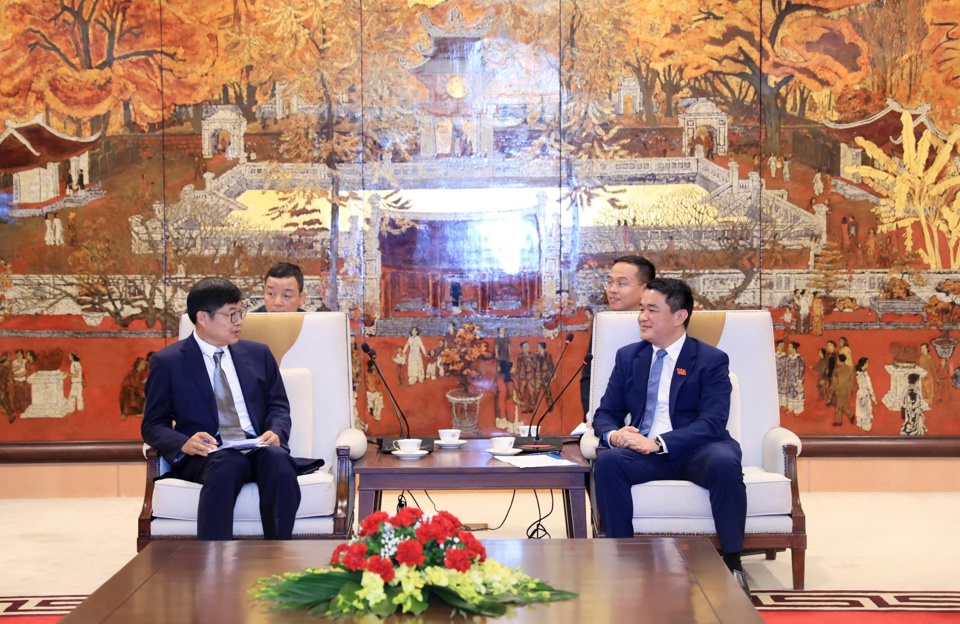



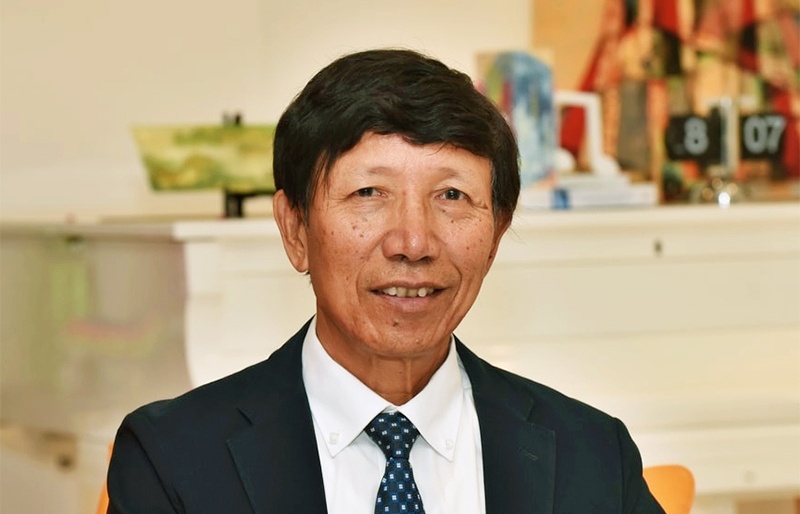
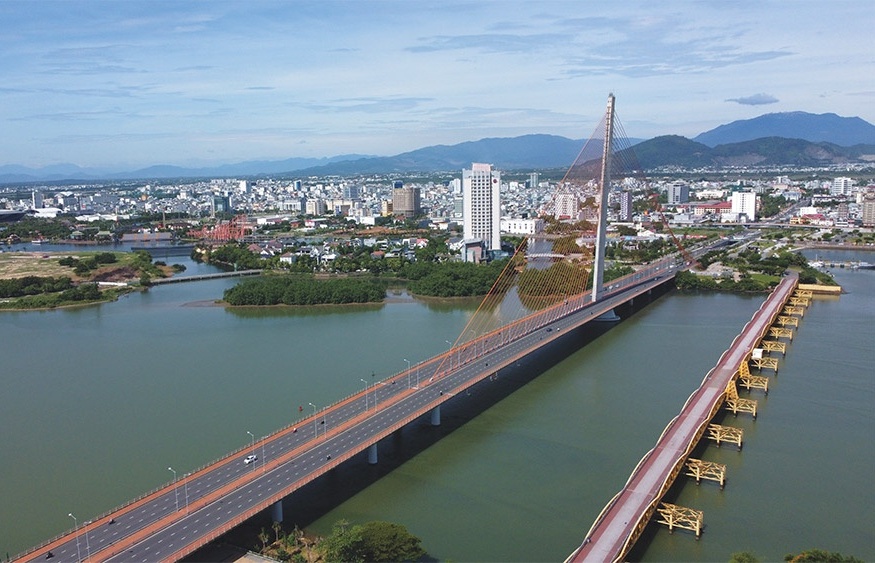

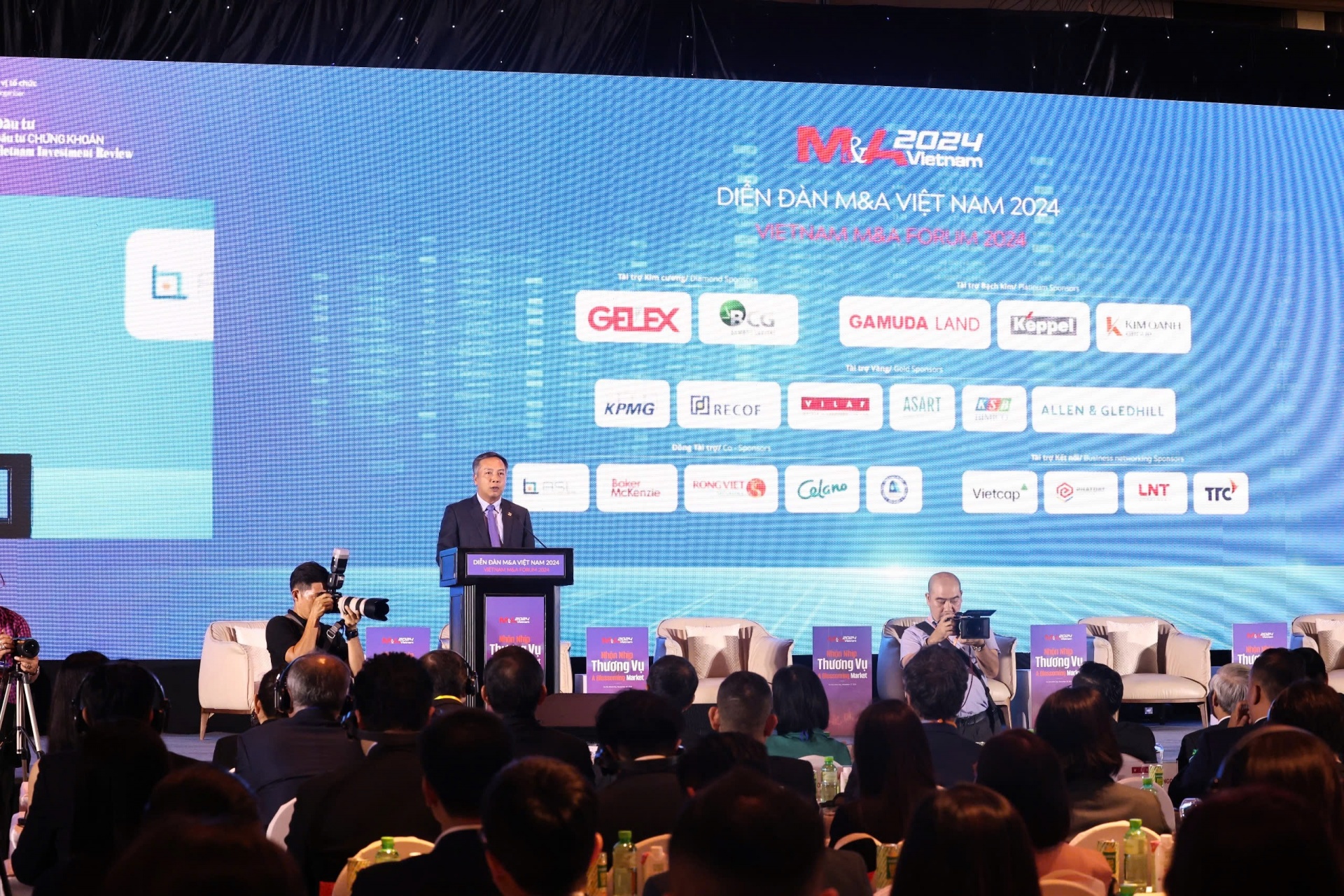

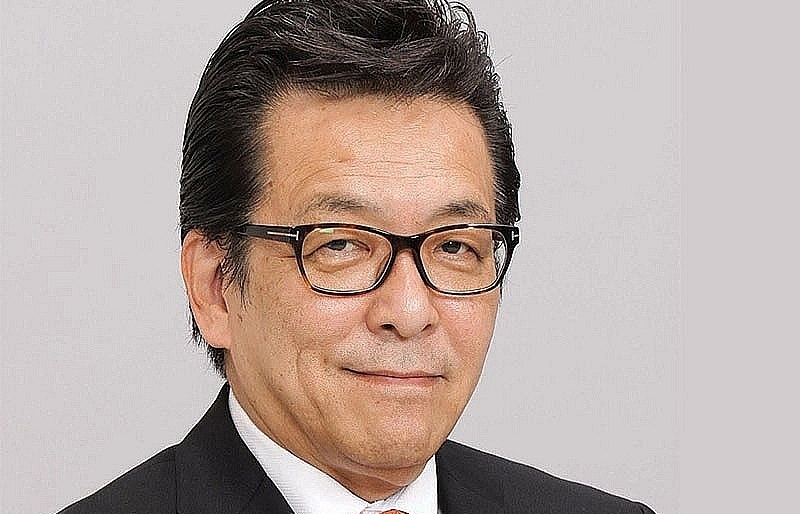







 Mobile Version
Mobile Version